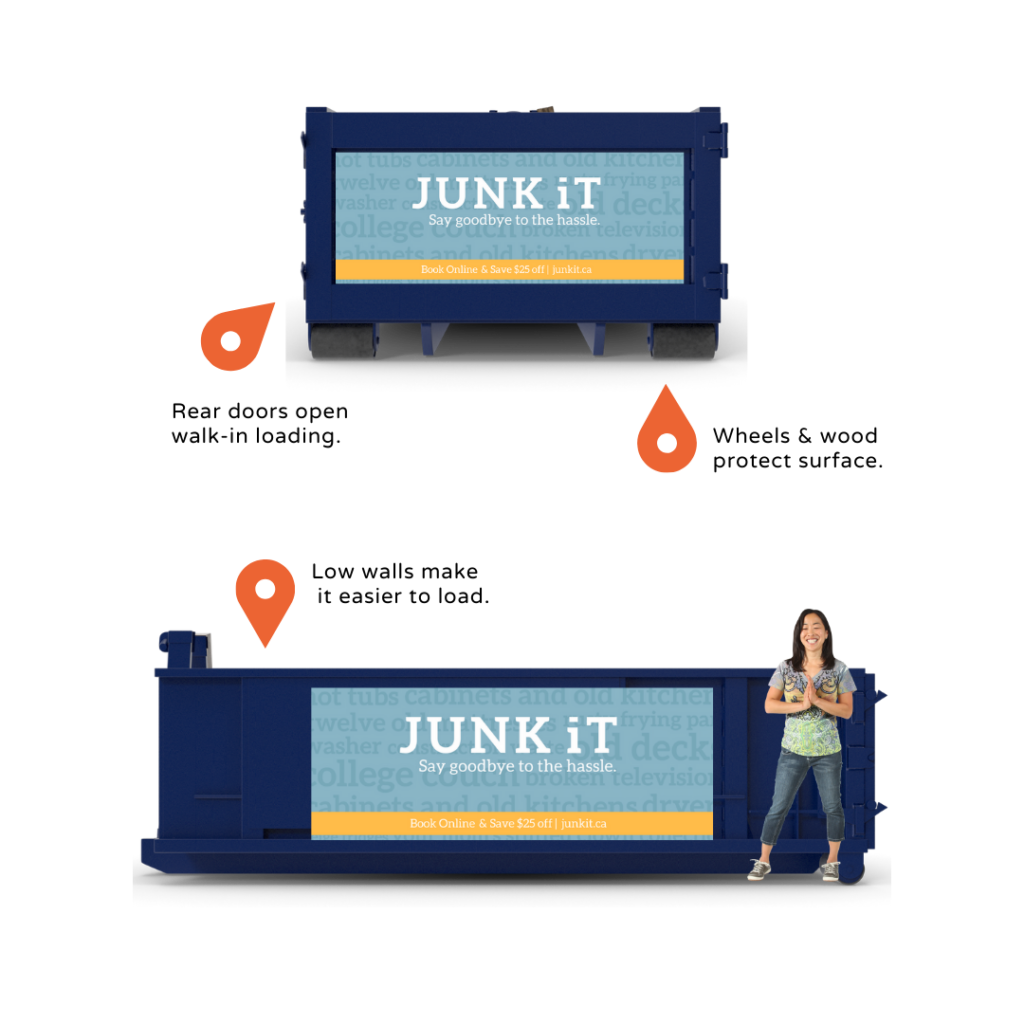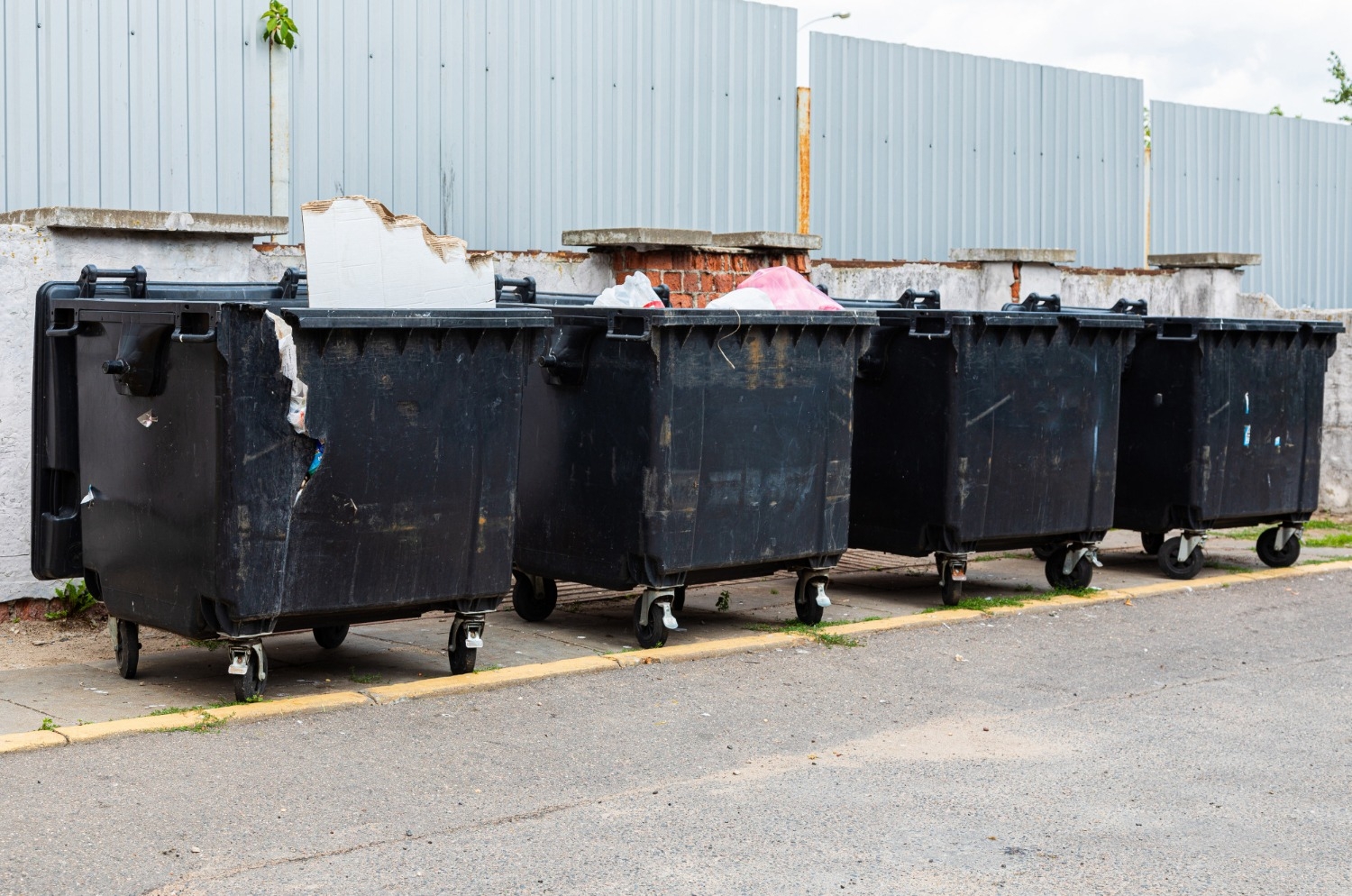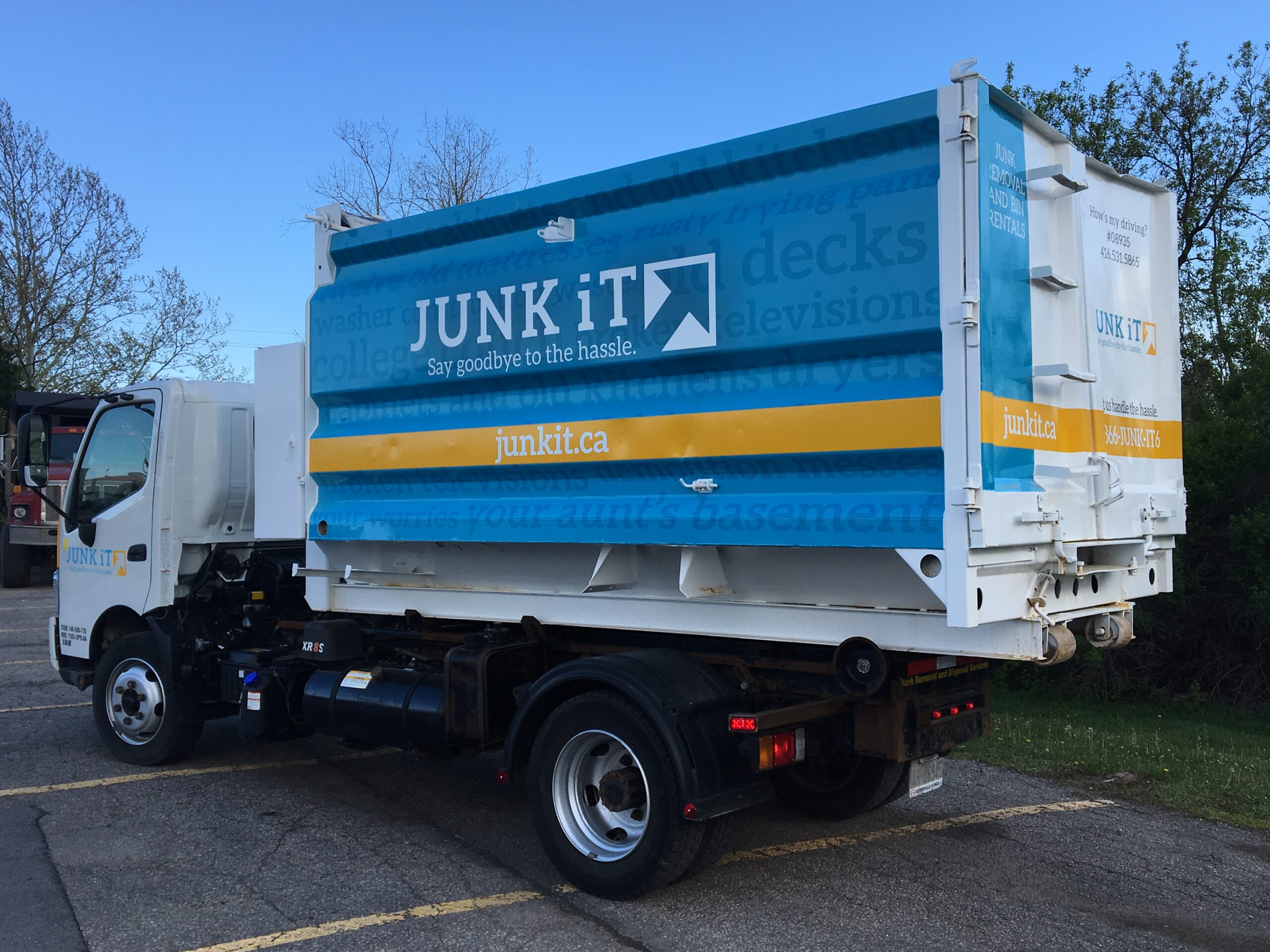Have you ever found yourself in a situation where you needed to dispose of a large volume of waste but didn’t know where to start? Whether you’re renovating your home, decluttering your space, or managing a construction project, choosing the perfect disposal bin can make all the difference. In this article, we’ll guide you through the process of selecting the ideal disposal bin to meet your needs while considering your budget.
Introduction
Managing waste effectively is crucial for maintaining a clean and organized living or working environment. Disposal bins offer a convenient solution for disposing of various types of waste, including construction debris, household junk, and green waste. By understanding the different types of disposal bins available, their features, and the factors to consider, you can make an informed decision and ensure a smooth waste management process.
Understanding Disposal Bins
Disposal bins, also known as dumpsters or roll-off containers, are large containers designed to hold and transport waste materials. These bins are available in various sizes and are commonly used in construction sites, residential areas, and commercial spaces. They provide a temporary storage solution for waste until it is collected and disposed of by waste management professionals.
Types of Disposal Bins

When choosing a budget bin, it’s essential to consider the type that suits your specific needs. The most common types include:
1. Open-Top Bins
Open-top bins are versatile and commonly used for construction projects, home renovations, and general cleanups. They have an open design, allowing easy access for loading and unloading waste.
2. Compactor Bins
Compactor bins are ideal for situations where large amounts of waste need to be compressed or crushed to save space. These bins are commonly used in commercial or industrial settings.
3. Rear-Load Bins
Rear-load bins are typically smaller and are suitable for residential or small-scale commercial use. They are emptied by a garbage truck with a rear-loading mechanism.
4. Front-Load Bins
Front-load bins are commonly used in commercial settings and are emptied by garbage trucks equipped with front-loading arms. These bins are ideal for ongoing waste management needs.
Factors to Consider when Choosing a Disposal Bin
Selecting the right disposal bin involves considering various factors to ensure efficient waste management. Here are some key factors to keep in mind:
Determining the Right Size
The size of the disposal bin plays a significant role in ensuring you have enough space to accommodate all your waste. Assess the amount of waste you expect to generate and choose a bin size that can accommodate it comfortably.
Considering Weight Restrictions
Different disposal bins have weight restrictions imposed by waste management regulations. Ensure you understand these restrictions and choose a bin that can handle the weight of your waste materials.
Understanding Bin Placement
Consider the available space on your property and any regulations or restrictions on bin placement. Ensure the bin can be placed in a convenient location that allows easy access for loading and unloading. The bin needs to be placed on private property. Streets or front yards are prohibited unless you get permission from your municipality. For example you can contact 311 in Toronto and ask for a street occupation permit.

Exploring Different Bin Features
Bins may come with additional features such as lockable lids, wheels for easy maneuverability, or even built
-in ramps. Evaluate these features based on your specific needs and choose a bin that offers the desired functionalities.
Evaluating Costs for a Budget Bin Rental
Compare the rental costs of different disposal bin providers in your area. Take into account factors such as the rental duration, any additional fees, and the reputation of the provider.
Ensuring Proper Waste Disposal
Be aware of the types of waste that can be disposed of in the bin and any prohibited items. Ensure you follow proper waste disposal guidelines to avoid any fines or penalties.
Conclusion
Choosing the perfect disposal bin is essential for effective waste management. By considering factors such as the type of waste, bin size, placement, and rental costs, you can find the ideal bin that suits your needs and budget. Remember to follow waste disposal regulations and maximize the use of the bin by making smart decisions regarding waste sorting and recycling.
FAQs
1. How long can I keep the disposal bin?
The rental duration for disposal bins varies among providers. Some may offer flexible rental periods, while others have fixed durations. It’s best to check with the provider to determine the specific rental terms.
2. Can I dispose of hazardous materials in a disposal bin?
No, disposal bins are not meant for hazardous materials. Hazardous waste requires specialized disposal methods and should be handled separately to ensure environmental and human safety.
3. Can I change the bin size after renting?
In most cases, it is possible to change the bin size before the delivery date. However, it’s important to check with the provider about their policies regarding changes to the rental order.
4. What should I do if the disposal bin gets overloaded?
It’s crucial to avoid overloading the disposal bin, as it can pose safety risks and may result in additional charges from the provider. If you anticipate having more waste than initially expected, consider renting a larger bin or arranging for additional pickups.
5. How should I prepare the site for bin placement?
Ensure that the area where the disposal bin will be placed is clear of any obstacles or obstructions. Remove any vehicles or objects that may hinder the delivery or pickup process. If necessary, consult with the provider for specific instructions on site preparation.






